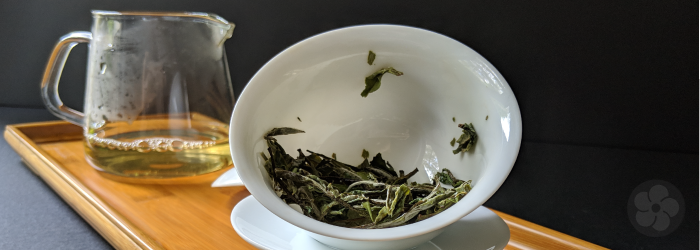How Artisans Use Machines To Craft The Best Teas
We love traditional teas, and we believe that expertise passed down through generations of tea farmers and crafters is key to maximizing quality. But we also know the value of innovation. Many of our favorite teas are produced in new and unique ways, whether it’s the experimental oxidation level of our Xin Gong Yi white tea or the blend of varieties in our Three Cultivar Red black tea. And in this modern age, most of our best teas are crafted with the help of machinery, which helps automate crafting processes long done by hand.
It may not fit the romantic image presented to tourists or pictured in documentaries, but the advantages of using machines in the crafting process are hard to deny, especially as premium tea farms face labor shortages and volatile weather conditions. While teas harvested or crafted by machine are sometimes derided by purists, artisans making every style of tea now use machinery specifically developed to mimic the traditional methods of crafting that have been passed down to them. Rather than compromising the quality of the tea, these machines help maintain quality, consistency, and cleanliness during the production process.
Continue reading










